What You Need to Know About Firefighter Fitness Tests in Australia 2025
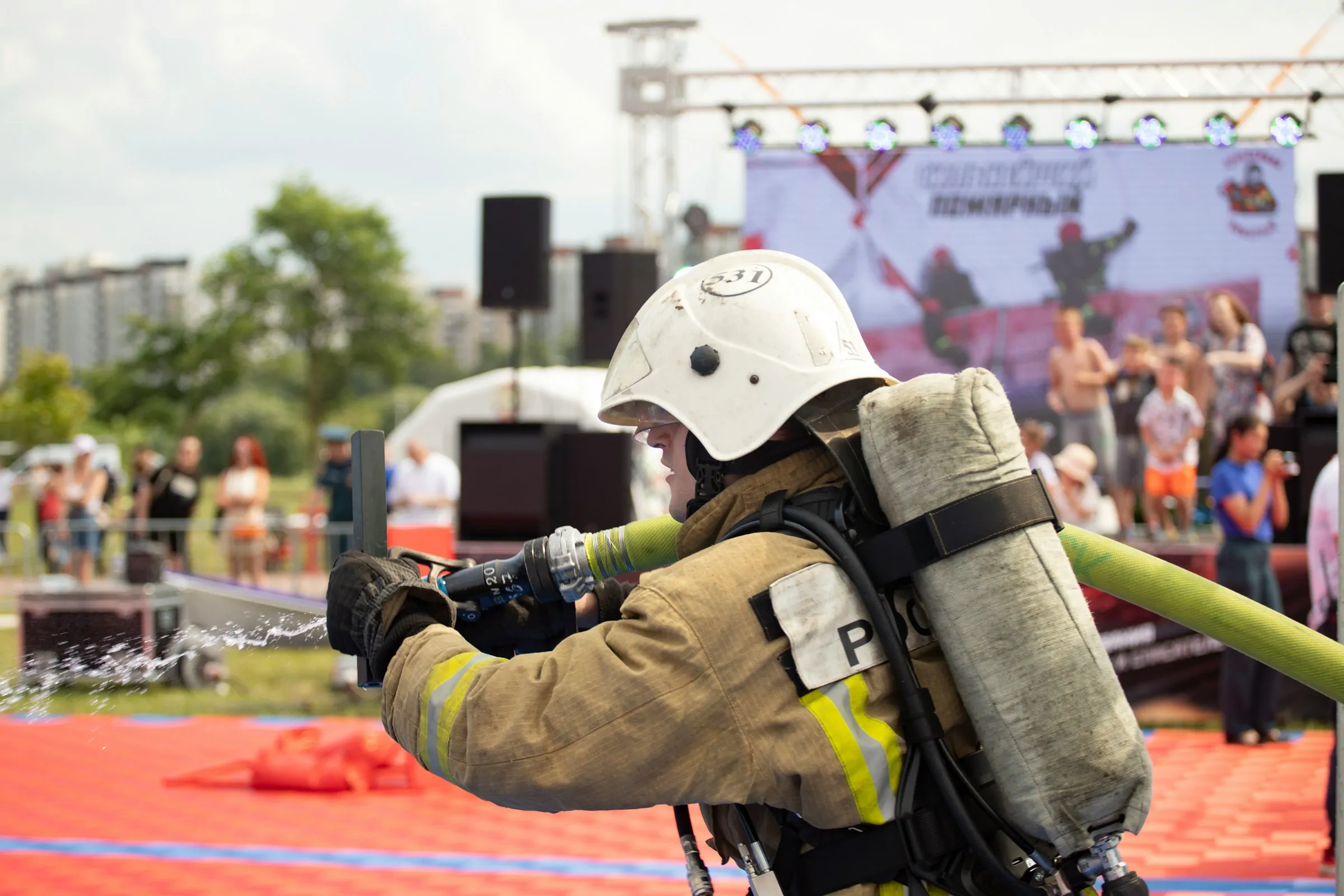
Consider you’re gearing up for a job as a firefighter. The excitement builds as you complete the application forms, and you are on your way to fulfilling your ambitions of becoming a firefighter. However, before you can attend the interviews, you must first pass the firefighter fitness test. You have heard about it and know it’s important, but what you need to know is how to pass the test. If this sounds like you, then read on. Firefighter training plays a crucial role in this process. In this guide, we cover what you need to know about firefighter fitness tests in Australia in 2025.
Fire Recruitment Australia’s guide to how to become a firefighter will help you prepare for all aspects of the firefighter fitness test.
Why Fitness Matters in Australian Fire Service Recruitment
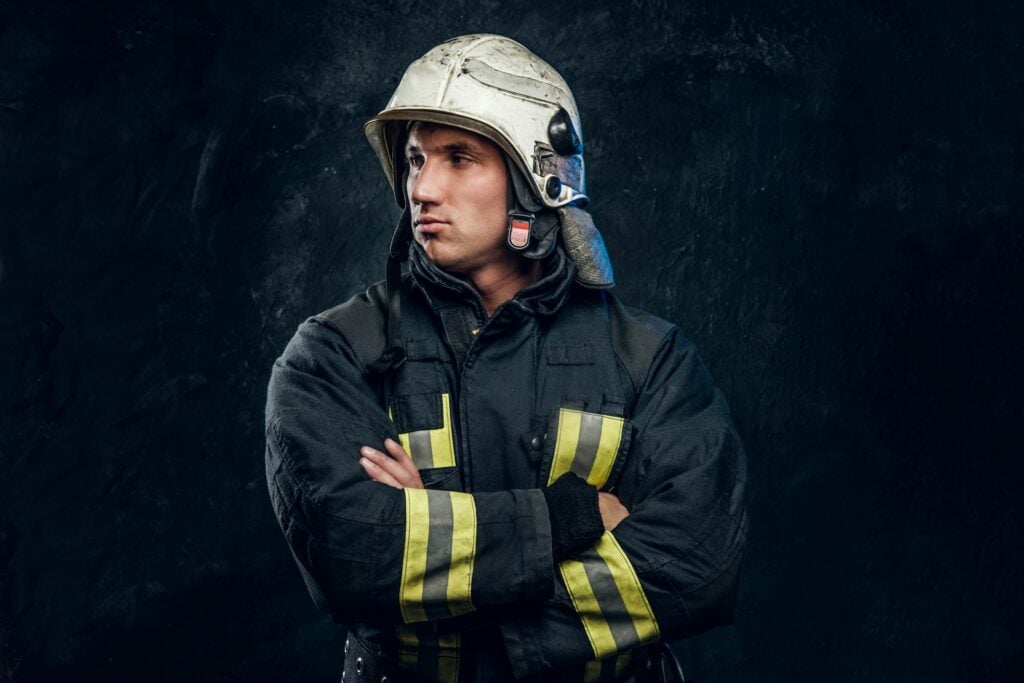 Australian firefighter services have high expectations for a recruit’s fitness levels. This is not just to pass a test before graduation, but to ensure the safety of the candidate and their crew on the fireground. The fitter a firefighter is, the less likely they are to fatigue during an incident, and the safer they and their crew will be.
Australian firefighter services have high expectations for a recruit’s fitness levels. This is not just to pass a test before graduation, but to ensure the safety of the candidate and their crew on the fireground. The fitter a firefighter is, the less likely they are to fatigue during an incident, and the safer they and their crew will be.
Real Life Tasks Are Heavy and Relentless
The firefighter fitness test is practical and mirrors the tasks you’ll face on the job. Firefighters aren’t gym-goers who occasionally respond to emergencies. They are first responders who comb through wreckage, recover victims, and tackle blazes in real-life situations. Often, they face extreme heat and stress, and their performance has a direct impact on the safety of others. Strength and endurance enable them to perform better, recover more quickly, and save lives.
Safety for You and Your Crew
A fatigued firefighter slows the whole team and increases risk on the fireground. Solid fitness not only helps you perform better, but it also enables you to recover quickly from challenging tasks, allowing you to get back to work. Strong cardiovascular fitness reduces the likelihood of heat stress or cardiac events. Better core strength and mobility lower the chance of musculoskeletal injury.
Tests Mirror Job Reality, Not Gym-Only Strength
Physical ability tests around Australia combine strength, stamina, grip, balance, and agility. Circuit formats mimic rapid transitions you’ll face on shift. Beep tests (or equivalent VO₂ demands) ensure you can sustain effort for the duration of an incident.
Related Reading
Types of Firefighter Fitness Tests Across Australia
 The Physical Aptitude Test: The Most Common Firefighter Fitness Test
The Physical Aptitude Test: The Most Common Firefighter Fitness Test
Firefighter fitness tests help assess a candidate’s ability to perform essential firefighting tasks. These tests are not designed to be easy. Instead, they mimic the demands of the job and help determine whether a recruit can effectively deal with the physical challenges of firefighting.
The most common of these tests is the Physical Aptitude Test, used by fire services such as Fire Rescue Victoria (FRV), the South Australian MFS, and WA’s DFES. This test is a task-based circuit that simulates firefighting activities, including ladder raises, hose drags, rescue tool holds, dummy drags, and tunnel crawls. Candidates complete these tests under time pressure to ensure they not only have the stamina but also the technique to perform these tasks under physically stressful conditions.
One Factor At a Time Test: The Methodical Firefighter Fitness Test
While many fire services use a continuous circuit approach to assess firefighter fitness, Queensland Fire and Emergency Services (QFES) uses a modular system. Their One Factor At a Time Test (OFAT) breaks down the firefighter fitness assessment into individual components, allowing each skill to be tested independently. While this method may feel easier logistically, it still demands preparation to ensure candidates can perform well on each discrete test. The OFAT includes tests for push/pull strength, stair climbs, hose carry and drag, grip strength, and lower and upper body strength tasks.
Beep Test: The Aerobic Firefighter Fitness Test
Though no longer required in NSW Fire & Rescue, most other states (e.g., FRV, DFES, NTFRS) still include the beep test or an equivalent aerobic test as part of their firefighter fitness evaluations. The beep test measures cardiovascular capacity and helps assess a candidate’s ability to perform under physically demanding conditions. The test involves a progressive shuttle run that gets faster over time. While it may feel easy to train for, the beep test is a reliable measure of fitness and will challenge candidates to maintain consistency under fatigue.
Two-Stage Mini Circuits: The Short Bursts Firefighter Fitness Test
NSW may not use a traditional PAT or beep test, but their assessments still involve task-focused fitness checks in short, high-intensity bursts. Known as two-stage mini circuits, these tests focus on firefighter-specific skills, such as reduced visibility search drills and equipment lifts and carries. Candidates complete these tasks under timed, safety-monitored conditions to assess not only their physical ability but also their technique and decision-making skills under fatigue, particularly for simulated attacks.
Related Reading
Why the Beep Test Is Necessary and Still Relevant in Firefighter Recruitment
 The Beep Test: What Is It?
The Beep Test: What Is It?
The beep test, also known as the multi-stage fitness test, measures aerobic endurance. Candidates run back and forth over a 20-metre distance, with the time between beeps getting shorter at each level. The test usually starts slowly but quickly increases in difficulty. Most fire services in Australia require a minimum score of 9.6. It’s scored based on the number of levels and shuttles completed.
Why Most Fire Services Still Use It
Cardiovascular Endurance is Crucial. Firefighting tasks involve prolonged periods of exertion, often under high temperatures or limited oxygen. The beep test is a reliable indicator of how well your heart and lungs will perform under prolonged stress.
- Climbing multiple flights of stairs in turnout gear
- Dragging heavy hoses across long distances
- Maintaining strength and alertness through long shifts
Replicates On-the-Job Fatigue Firefighters don’t just work in short bursts; they operate under continuous, exhausting conditions. The beep test helps services screen for candidates who won’t burn out quickly.
- Tests your ability to recover between short efforts
- Evaluates pacing, resilience, and recovery strategy
Simplicity and Consistency
The beep test is a cost-effective and standardized method for evaluating large numbers of applicants, requiring no specialized equipment.
- Every candidate is judged on the same objective standard
- It reduces subjectivity and ensures fair comparison
Benchmark for Broader Physical Readiness, even when not officially included (e.g., in NSW), the level of aerobic fitness it demands is still required indirectly; you’ll need that same endurance for:
- PAT circuits
- Rescue simulations
- Long-duration drills and callouts
Why Fire Recruitment Australia Recommends Beep Test Training
At Fire Recruitment Australia, we continue to integrate the beep test into our applicant fitness plans even for states that don’t explicitly use it, because:
- It prepares you for the cardiovascular strain of the job
- It gives you a measurable way to track progress
- It improves your mental toughness and discipline under pressure
Pro Tip
Aim to reach Level 10 or above in training, even if your service requires a score of 9.6. That extra buffer can make all the difference if nerves, fatigue, or illness kick in on the day.
How to Train for Success in 2025
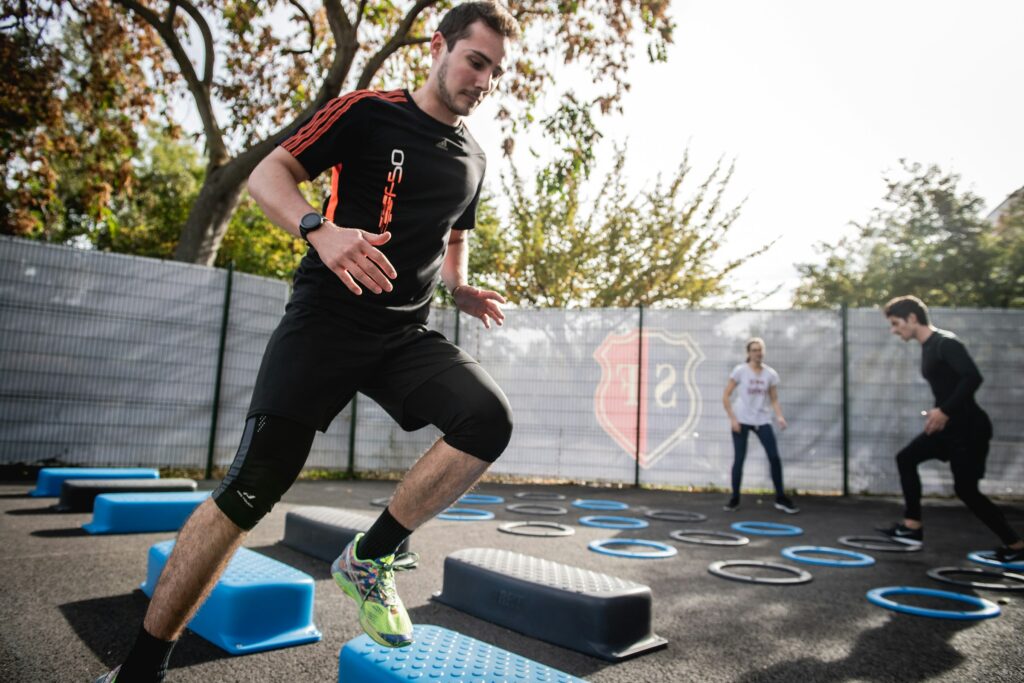
Build a Solid Cardio Base for Firefighter Fitness Tests
Firefighter fitness tests assess your aerobic and anaerobic capacity. Whether it’s the beep test, stair climbs, or rescue drags, you’ll need strong scores on these components to succeed.
Training Recommendations
- Shuttle runs and interval sprints simulate the pacing of the beep test.
- Stair runs with added weight mimic hose drags and ladder climbs.
- Steady-state cardio (e.g., 30-minute runs or cycling for endurance).
Train 3 to 4 times a week with a mix of intervals and longer efforts. The goal is to improve recovery between high-intensity tasks and build stamina for long assessments.
Strength Training for Firefighter Fitness Tests
Forget bodybuilding routines, firefighter fitness is about real-world strength. You’ll be lifting, dragging, and holding awkward, heavy items under fatigue.
Priority Exercises
- Deadlifts build posterior chain strength for hose drags and rescue lifts.
- Farmers carry simulated Jerry cans or equipment.
- Push-pulls (sled work or resistance bands) mimic hose operations.
- Weighted squats and lunges enhance lower body stability and improve load-carrying capabilities.
- Overhead presses build upper-body power for ladder simulations.
Train at least 3 times per week, combining compound movements with circuit-style training to condition both strength and endurance.
Incorporate Mobility and Injury Prevention into Your Training
Firefighting involves navigating tight spaces, making awkward movements, and carrying heavy loads; mobility is non-negotiable. Include:
- Daily mobility drills (hip openers, shoulder circles, ankle work).
- Dynamic stretching pre-training, static stretching post-training.
- Core stability work to support the spine and reduce injury risk (planks, anti-rotation holds, hanging leg raises).
Maintaining flexibility ensures better technique, reduces the risk of strain, and improves test performance.
Simulate Firefighter Fitness Tests Early and Often
Don’t wait until a few weeks out to practice specific tasks. Instead, simulate:
- The full PAT or OFAT routine under time constraints.
- Work-to-rest ratios that mirror test demands (e.g., four tasks in 15 mins).
- Physical-to-cognitive transitions (e.g., rescue drag then problem-solving).
This improves mental toughness, pacing, and familiarity, all of which are critical on test day.
Follow a Progressive Plan (Ideally Over 8 to 12 Weeks)
You can’t cram fitness. A structured plan tailored to your chosen state’s requirements will give you measurable improvement. Fire Recruitment Australia offers pre-built programs tailored to each fire service’s specific fitness test requirements. These programs ensure:
- Week-by-week progress in cardio and strength.
- Skill-focused PAT preparation.
- Feedback and community support from others who are training simultaneously.
Bonus Tip: Prepare Mentally Too
Train Under Pressure
mimics the stress of assessments.
Visualize Success
mentally rehearse the whole test from start to finish. Join a supportive training group or coach, and it can make all the difference.
Raise your Odds of Getting Hired as a Firefighter in Australia from 5% to 91%
Fire Recruitment Australia is your complete guide to navigating Australia’s firefighter selection process. With just five percent of applicants succeeding in securing a role, it pays to have a proven system to improve your chances. Here at Fire Recruitment Australia, our methods have helped 300 aspiring firefighters achieve placement rates exceeding 91%. Our specialized training programs focus on the four critical areas where most candidates struggle: aptitude testing, psychological assessments, physical ability tests, and interview preparation.
Led by Brent, an active firefighter with extensive recruitment expertise since 2007, our signature 30-day program has been shown to raise aptitude test scores by 57%. Whether you’re preparing for your first application or have experienced disappointment in previous attempts, join thousands of successful firefighters who have transformed their careers through our membership programs, personalized coaching, and comprehensive resources explicitly tailored for Australian fire services.
Related Reading
- How Long Does It Take to Become a Firefighter

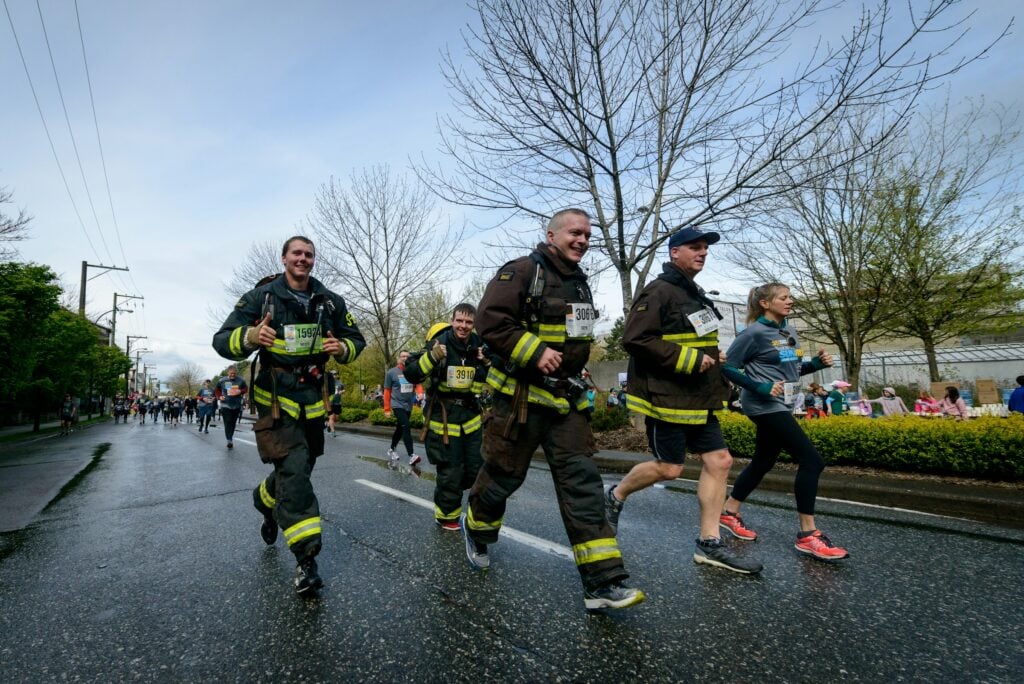 The Physical Aptitude Test: The Most Common Firefighter Fitness Test
The Physical Aptitude Test: The Most Common Firefighter Fitness Test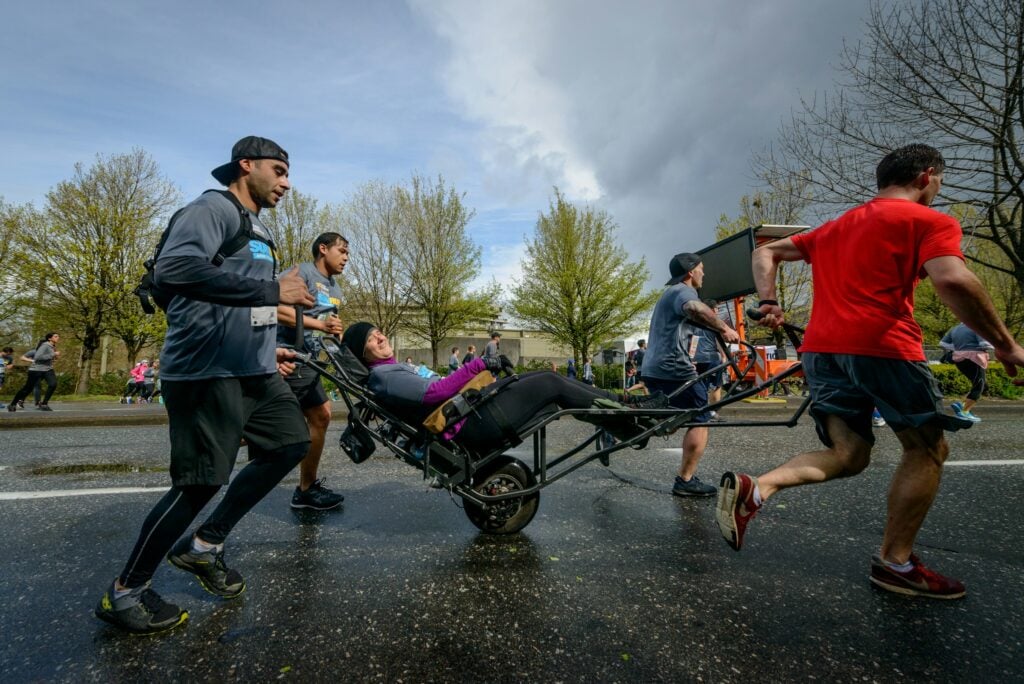 The Beep Test: What Is It?
The Beep Test: What Is It?